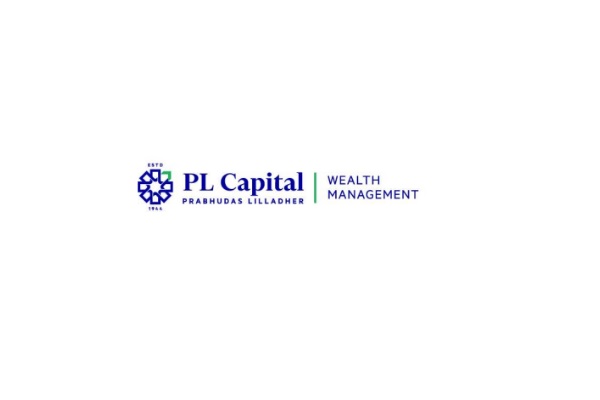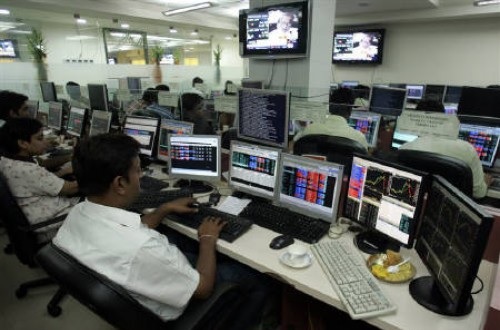India’s Multi-Asset Landscape Strengthens as Equities Surge, Debt Stabilizes, and Commodities Realign for 2026: PL Wealth

PL Wealth, the wealth management arm of PL Capital (Prabhudas Lilladher) has released its Market Outlook – November 2025, cited that India’s financial markets are heading into 2026 with renewed confidence, riding on the back of a decisive rebound in October and a macroeconomic environment that continues to demonstrate resilience despite global uncertainties. After three months of subdued movement, benchmark equity indices surged, with the Nifty 50 and Sensex recording gains of 4.5% and 4.6% respectively—their strongest performance in several months. This sharp turnaround was fuelled by multiple domestic triggers, including the GST 2.0 rate rationalisation that accelerated consumption across discretionary categories, a surge in manufacturing activity reflected in a two-month high PMI of 58.4, and the return of foreign institutional investors, who turned net buyers after a prolonged phase of outflows. The signing of the Trade and Economic Partnership Agreement (TEPA) with EFTA nations added further momentum by opening tariff-free access to key European markets, strengthening India’s long-term export prospects.
Equity markets are now supported by a combination of strong domestic demand, resilient corporate balance sheets, and macro stability. While the short-term outlook remains largely range-bound, the overall market tone is upward-biased given the low inflation environment of around 1.5%, improving earnings visibility and record government capital expenditure, which rose more than 43% year-on-year during April–August. Sectors such as banking, oil and gas, metals, telecom, and autos saw meaningful foreign inflows in October, indicating a shift towards domestic cyclicals with stronger earnings potential. However, valuations provide limited room for error, with the Nifty’s forward price-to-earnings ratio rising to 22.9x, mid- and small-cap segments trading at premiums to long-term averages, and ongoing pressure from IPO and QIP supply. These factors, coupled with persistent currency volatility and global uncertainty around trade negotiations and geopolitical tensions, suggest that investors may need to adopt a more selective approach in the coming months.
Despite near-term caution, the medium- to long-term equity outlook remains robust. Earnings recovery is expected to broaden meaningfully through FY26 and FY27, powered by stronger performances from banks, manufacturing-linked businesses, and domestic consumption. Structural reforms, including GST rationalisation, the continued rollout of production-linked incentives, and the government’s commitment to fiscal consolidation, are expected to support an investment-led growth cycle. Over the next three to five years, India’s position as one of the fastest-growing major economies remains intact, with GDP expected to expand at a compounded rate of 6.5% to 7%. This growth will be driven by manufacturing revival, rising financialization of household savings, premiumisation trends, and continued digitisation across sectors.
In the debt market, the Reserve Bank of India maintained the benchmark repo rate at 5.50% while signalling a subtle dovish bias that could pave the way for rate cuts in the coming months should disinflation sustain. Liquidity conditions tightened significantly in October due to increased currency leakage during the festive period and the RBI’s forex interventions, yet the 10-year government bond yield remained broadly stable, closing at 6.58%. Investors continue to find value in fixed-income instruments, particularly in the corporate bond space, where spreads in the three- to five-year AAA segment remain comfortable and provide attractive accrual opportunities. State Development Loans (SDLs) are witnessing elevated spreads due to rising borrowing requirements, creating favourable conditions for long-tenor investors seeking incremental returns. Short-term money market instruments also remain appealing for risk-averse participants as the three-month Treasury Bill yield softened to approximately 5.44%, reflecting strong institutional demand and stable liquidity.
The commodities landscape is undergoing a year of divergence as global prices adjust to slowing economic activity and shifting supply dynamics. Global commodity indices are expected to decline by nearly 7% in 2026, marking the fourth consecutive year of easing. Energy markets continue to face downward pressure owing to supply surpluses from OPEC+ and increased output from non-OPEC producers.
India, however, saw a notable rise in fuel consumption in October, driven by post-monsoon transport demand, even as global crude trends stayed soft. Brent crude is expected to trade within the $60–$70 range through 2026, though geopolitical disruptions could push it higher temporarily. Metals markets remain mixed, with copper nearing record highs due to supply disruptions while aluminium and zinc hold steady on tight inventories. Precious metals, especially gold, continue to shine as safe-haven demand grows amidst global geopolitical uncertainty and currency volatility. Gold prices surged past $4,370 per ounce in mid October and are expected to climb further to around $4,500 in 2026, while silver is projected to remain elevated in the $50–$60 per ounce range. Agricultural commodities, supported by abundant supply conditions globally and robust domestic arrivals of key crops such as rice, wheat, and oilseeds, are expected to remain largely stable, although risks from extreme weather and input cost pressures cannot be ruled out.
As India steps into 2026, the country stands at a strategically advantageous point, buoyed by improved macro fundamentals, strong domestic demand, and a host of structural reforms that continue to support long-term growth. While global risks—from trade tensions and policy uncertainties to geopolitical volatility—remain real and persistent, India’s ability to leverage internal strengths places it among the most attractive investment destinations globally. A disciplined allocation across equity, fixed income, and commodities will likely be the most effective strategy for investors seeking to navigate the year ahead with confidence and clarity” said Mr. Inderbir Singh Jolly, CEO, PL Wealth Management.
Above views are of the author and not of the website kindly read disclaimer










Tag News

Quote on Market Wrap 18th Dec 2025 by Shrikant Chouhan, Kotak Securities












